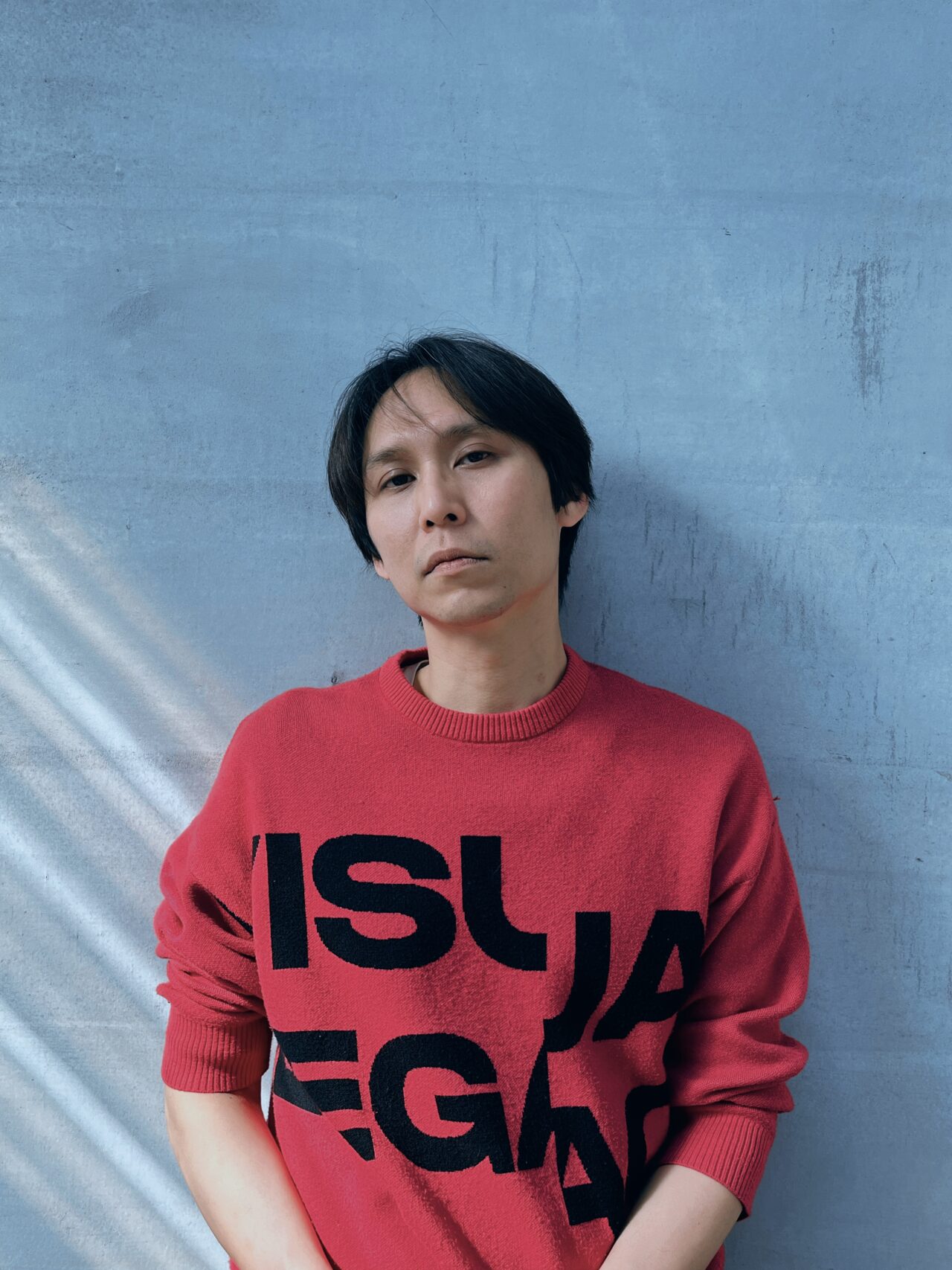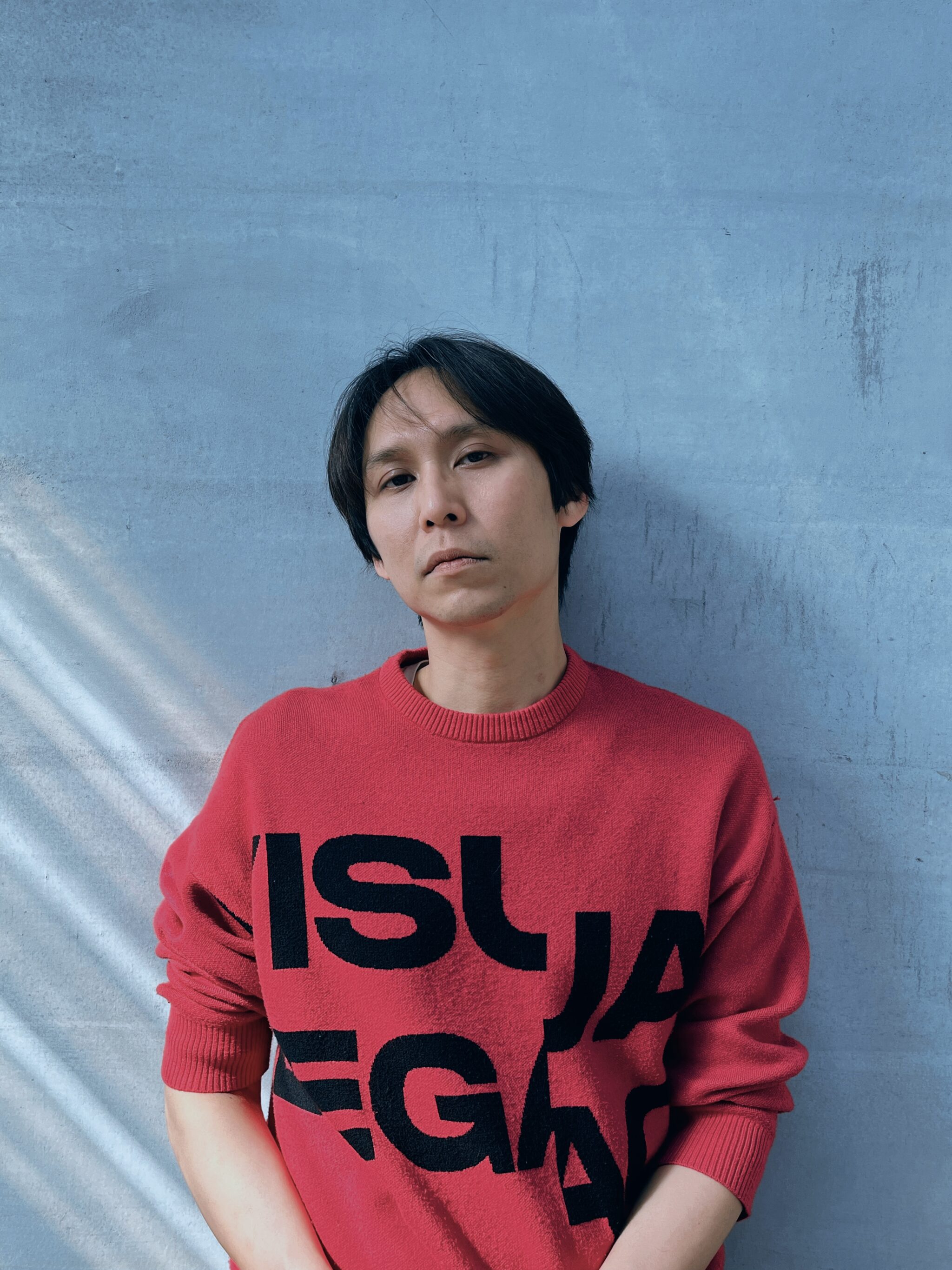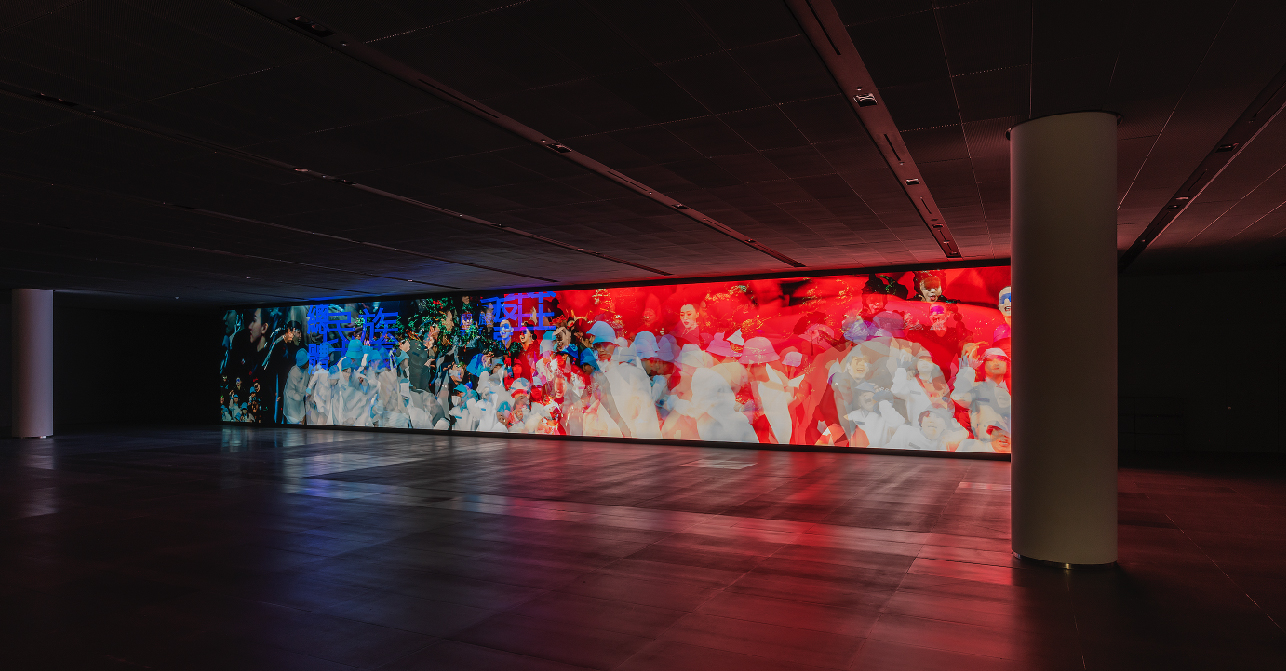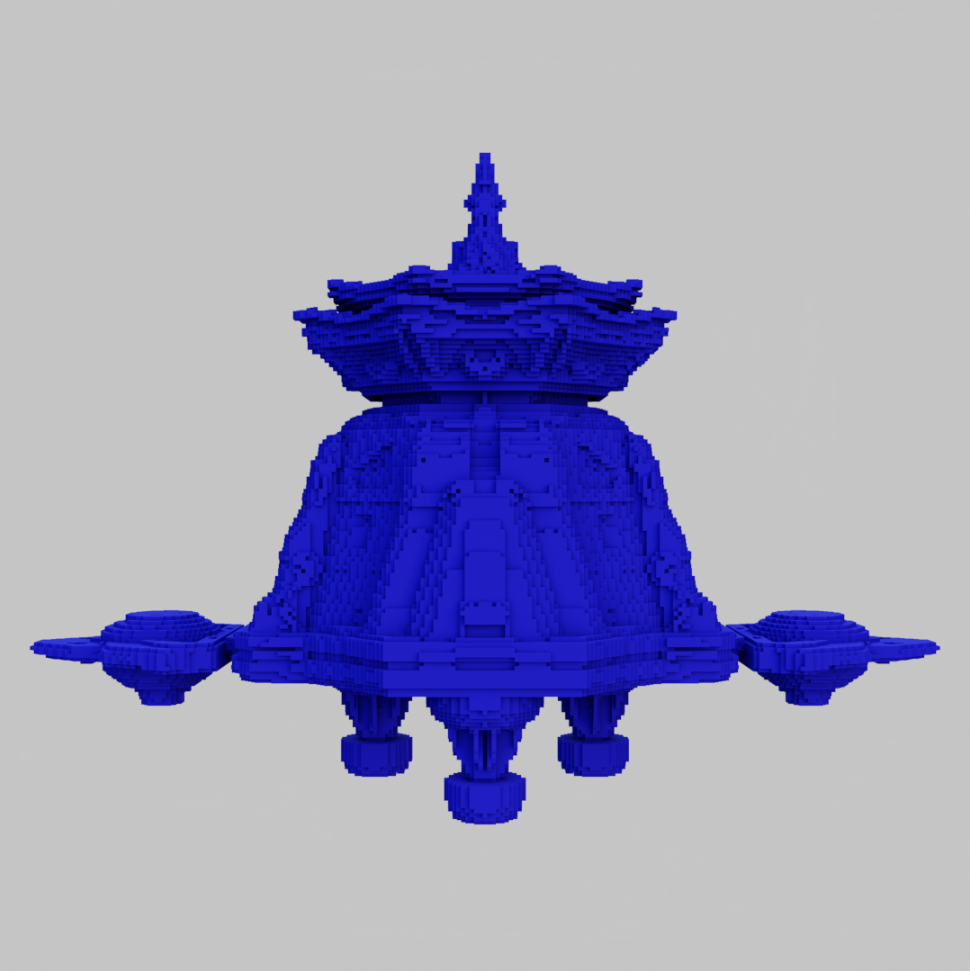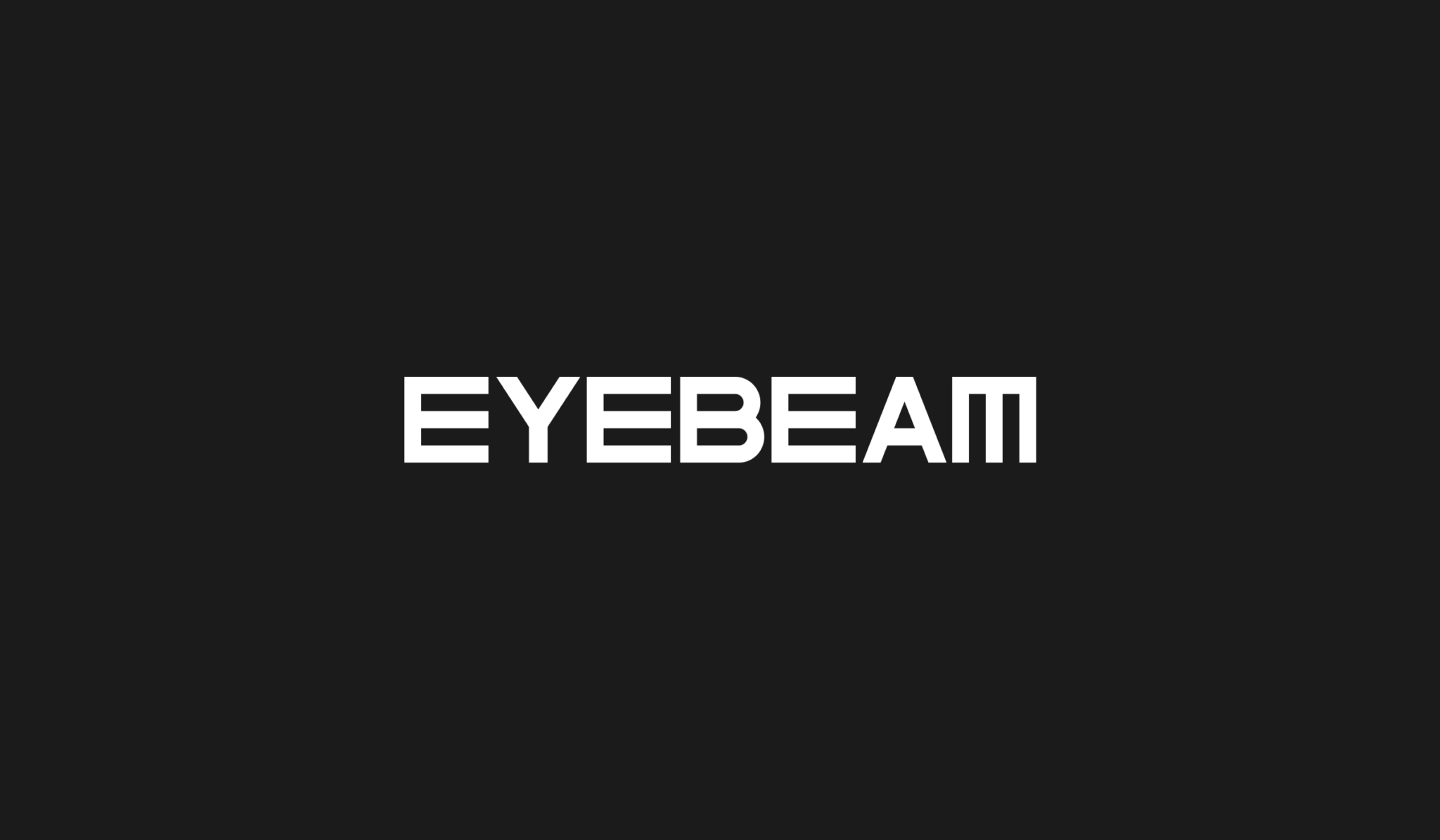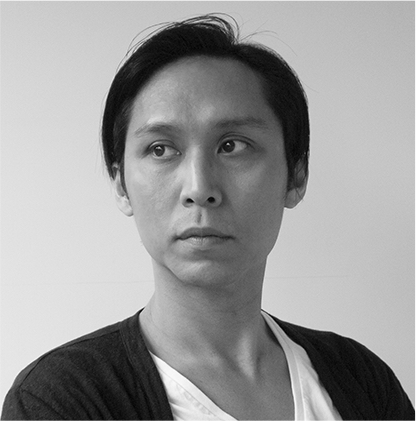How do you characterize the media you work in?
I’m interested in crossing boundaries between media and adapting works to different environments. To that end, I’ve made cinematic performance art pieces, video installations, web-based works, photographs, and more.
How does your practice engage with technology?
Taiwan is a hub of cheap semiconductor manufacturing that offers the power of computing. I’m trying to get closer to that power by using AI in multilayered works that require significant electronic and computing energy, posing challenges to my computer program. I’ve never considered myself a digital artist per se, but I’ve been working with a team in Taiwan that knows how to make AI tools more effective. From my experience, you don’t have to be an engineer to use new technologies, but you have to know how to cooperate.
